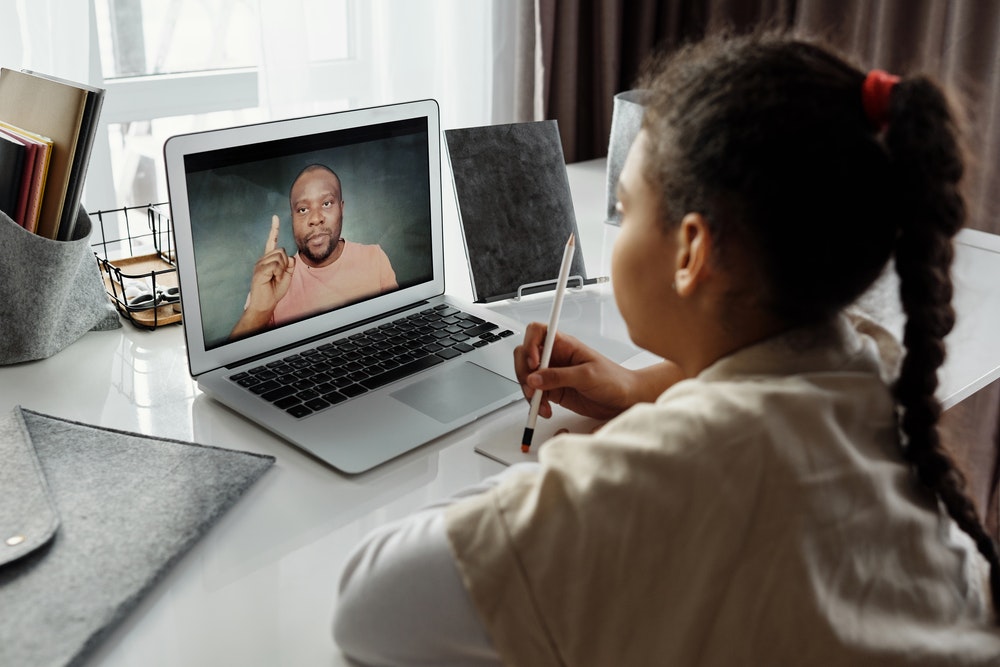Because of limitations brought about by the COVID-19 pandemic, schools had to reinvent how they teach music. No more face-to-face lessons, student performances, and physical rehearsals are just a few things that had to change. But what exactly are the restrictions and challenges that music schools and students alike have to deal with?
Overcoming State Restrictions Limiting Music Education
Music education often requires a group of people to come together and play instruments. Considering how COVID-19 is transmitted from one person to another through droplets in the air, precautions have been put in place to limit group performances. In Vermont, musicians were encouraged to continue with their craft provided that they follow health and safety protocols. These include wearing masks and coverings on their faces and instruments to prevent the spread of COVID-19.
On the other hand, choirs have been restricted to singing indoors for no more than half an hour. Usually, their classes last up to 1 hour and 20 minutes. This restriction has not stopped choirmasters, such as Billy Ray Poli, who have adjusted to the changes demanded by the pandemic by organizing distant pop-up concerts.
Despite all of these challenges, music educators and learners continue to persevere out of their love of music. Poli himself continues to teach choir singing solo by singing all voice parts and playing the electric piano in his home’s kitchen. The students then sing their parts while on mute to prevent the overlapping noise caused by delayed internet speed.
Many music schools have utilized technology to continue encouraging people on their musical journey despite how the pandemic has affected everything. They have taken advantage of videoconferencing, interactive software, and even Wenger’s active acoustic technology. All these tools help music educators help their students thrive in these challenging situations even though they’re far apart.
Additionally, the love of music and music-making continues to motivate over 70 percent of students and teachers alike to keep holding rehearsals that practice social distancing. Other forms of music education, such as piano lessons, continue to transpire virtually, with more and more people learning how to hone their skills from home. This shows how dedicated they are to their craft despite the lack of assurance for their future performances.
As students and educators continue to develop their potential through online learning, the Internet has opened up more opportunities that weren’t available before. Let’s find out what the advantages (and disadvantages) of studying music online are.
The Advantages and Challenges of Teaching Music Online

Advantages
Convenience
- Students and teachers have more time on their hands because prerecorded video lessons are now an option.
- Training modules and videoconferencing can be utilized in place of in-person lessons so that both parties can work at their own pace.
Flexibility
- Online lessons allow teachers to cater to more students.
- More choices could be offered in terms of choosing what area of music education students want to learn.
- Through technology, the learning experience can be enhanced on both sides of music education.
Cost-Efficiency
- Since online music lessons are more flexible and convenient for both teachers and students, fewer expenses would go to transportation and the like.
- More students could also be accommodated because of the lower price, enticing more aspiring musicians to enroll in online music courses.
- There are several software applications and websites one can utilize at lower prices compared to physical textbooks.
Health and Safety
- Since we are in a pandemic, social distancing is a must. This is ensured through online music classes.
- There is also a lower risk of infection if any students or educators themselves have any infectious diseases.
Disadvantages
Lack of in-person guidance
- Since beginners are still getting the hang of things, online music lessons would challenge both the educator and the students.
- Form and technique may be awkward or ineffective because educators cannot physically correct the students.
Challenges in internet speed
- While Wi-Fi speed is not much of an issue in most countries, it still is a possible problem. If it suddenly acts up during a lesson, it delays both teachers and students.
- Things might also get lost in translation if the internet speed cuts off words and instructions and affects video quality.
- Some teachers and students have legitimate Wi-Fi problems that would compromise learning.
Lack of personal motivation
- Since beginners are often doubtful about what they can do, it would be hard to raise their spirits through online platforms.
- Teachers may then see a pattern of lack of progress and laziness in their students because of the emotional pressure.
Issues with the Student’s Capabilities
- Students with disabilities, such as hearing problems and complex needs, may not learn as effectively.
- Younger students and elderly students may not be used to the technical set-up and may be harder to teach.
This pandemic has truly changed the stage for music education. Music schools had to adapt through various tools to keep going. With face-to-face lessons being restricted in favor of safety, both students and teachers had to deal with the advantages and disadvantages of the online learning set-up. Despite all of these challenges, however, music education continues to thrive in the virtual setting.
